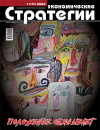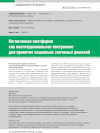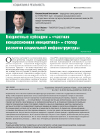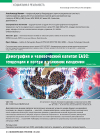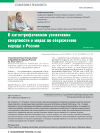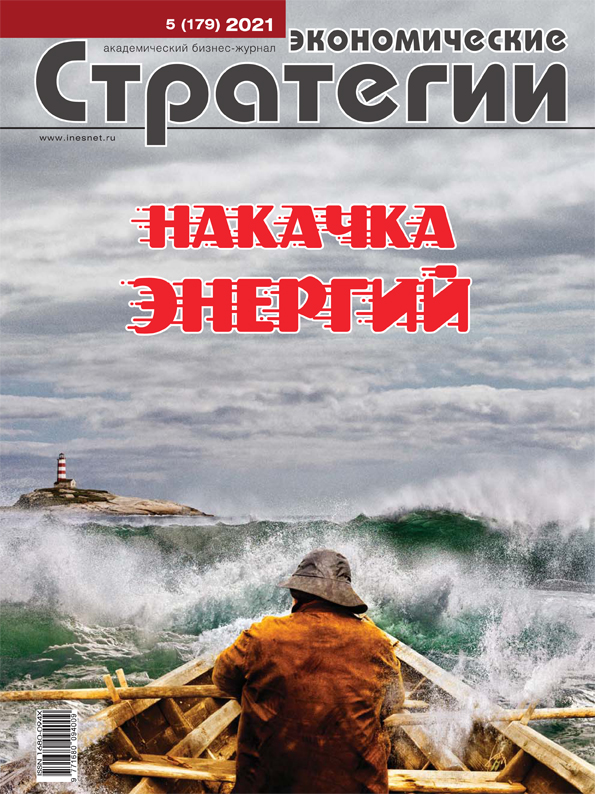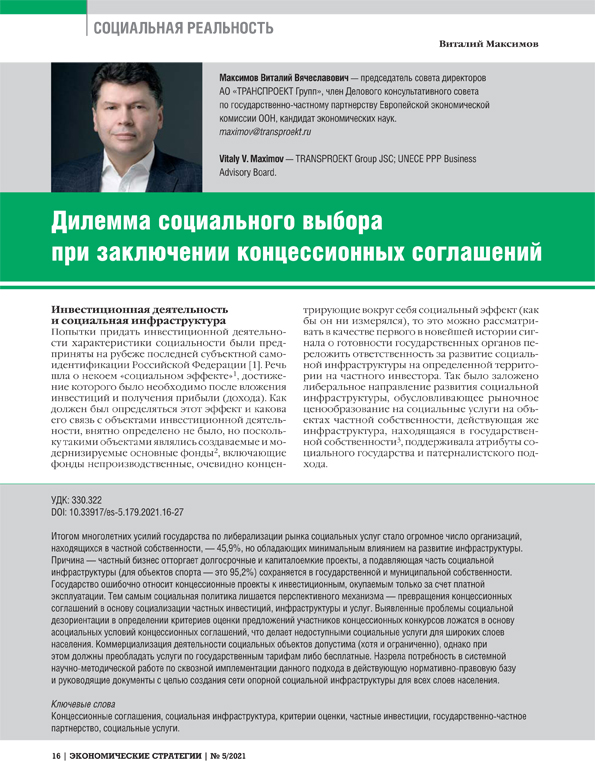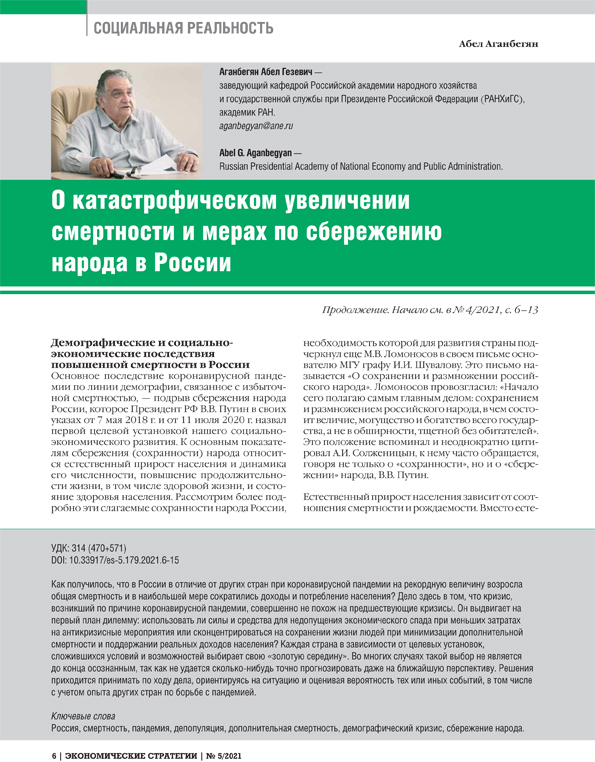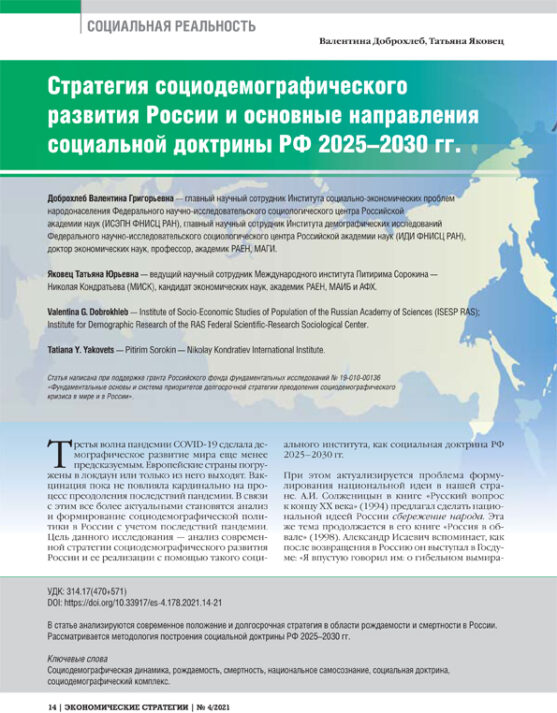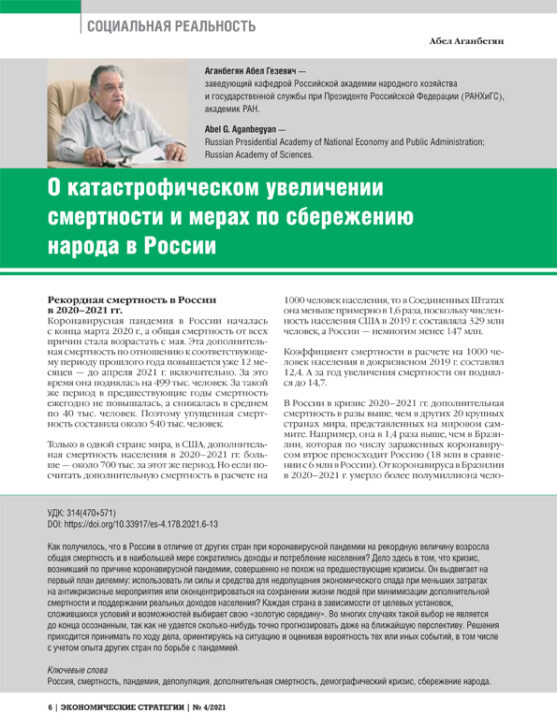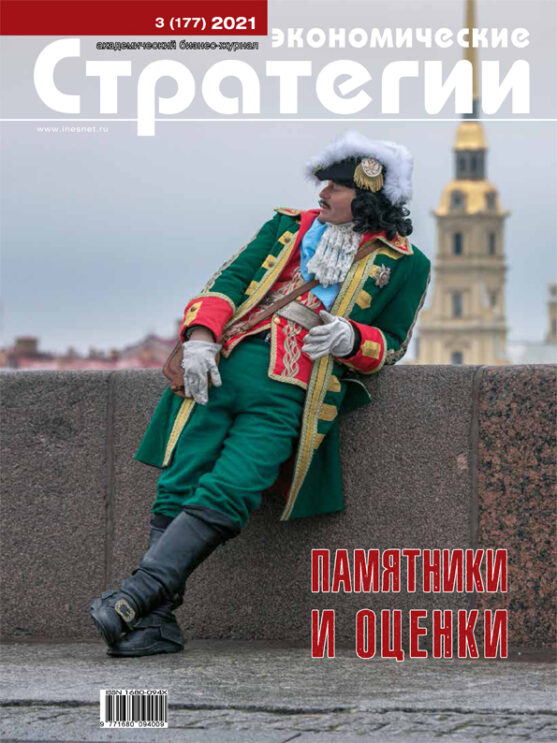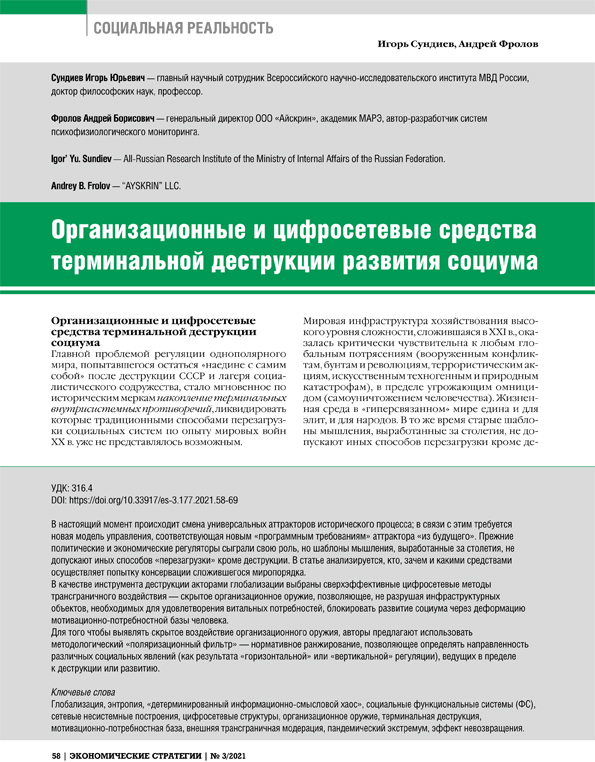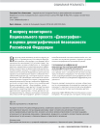Cognitive Platform as an Institutional Structure for Making Socially Significant Decisions
DOI: https://doi.org/10.33917/es-5.185.2022.120-131
The article is devoted to the anthropic regulation of social processes in the conditions of social extremum. According to the authors, the way out of the “crisis of crises” is possible thanks to the functioning of a special information and semantic object — a cognitive platform that allows for the regulation of society in accordance with a new self-similar attractor of the historical process “from the future”. At the same time, the pathological structures of society that prevent the transition to a new level of development will not be able to function and reproduce.
References:
1. Panov A.D. Krizis planetarnogo tsikla universal’noi istorii [C risis of the Planetary Cycle of Universal History]. Moscow, NIIYaF MGU, 2005.
2. The Many-Worlds Interpretation of Quantum Mechanics. Edited by B. S. DeWitt and N. Graham. Princeton, Princeton University Press, 1973.
3. Nazaretyan A.P. Nelineinoe budushchee: megaistoricheskie, sinergeticheskie i kul’turno-psikhologicheskie predposylki global’nogo prognozirovaniya [Nonlinear Future: Mega-historical, Synergetic and Cultural-Psychological Prerequisites for Global Forecasting]. Moscow, Institut vostokovedeniya RAN, 2013, p. 303.
4. Onishchenko E. Poluprovodnikovye geterostruktury: ot klassicheskikh k nizkorazmernym, ili “Konstruktor” ot nobelevskogo laureata [Semiconductor Heterostructures: from Classical to Low-Dimensional Ones, or “Designer” Kit from the Nobel Laureate]. Scientific.ru, available at: http://www.scientific.ru/journal/onisch/onisch.html.
5. Tsarev D., Trofimova A., Alodyants A., Khrennikov A. Fazovye perekhody, kollektivnye emotsii i problema prinyatiya reshenii v geterogennykh sotsial’nykh sistemakh [Phase Transitions, Collective Emotions and the Problem of Decision Making in Heterogeneous Social Systems]. Springer Nature, 2019, 2 dekabrya, available at: https://www.nature.com/articles/s41598-019-54296-7.
6. Khrennikov A. Sotsial’nyi lazer: primenenie kvantovykh informatsionnykh i polevykh teorii k modelirovaniyu sotsial’nykh protsessov [Social Laser: Application of Quantum Information and Field Theories to the Social Processes Modeling]. Ridero, 2019, available at: Social Laser: Application of Quantum Information and Field Theories to Modeling of Social Processes.
7. Nasonov A.N., Tsvetkov I.V., Zhogin I.M., et al. Fraktaly v naukakh o Zemle [Fractals in Earth Sciences]. Ucheb. posobie. Voronezh, 2018, 82 p.
8. Malinetskii G.G., Potapov A.B. Dzhokery, rusla ili poiski tret’ei paradigmy [Jokers, Channels or Searching for the Third Paradigm]. Sinergeticheskaya paradigm. Moscow, 2000, Sait S.P. Kurdyumova “Sinergetika”, available at: http://spkurdyumov.ru/introduction/dzhokery-rusla/
9. Sundiev I.Yu. Lichnost’, gruppa, obshchestvo v ekstremal’nye periody razvitiya [Individual, Group, Society in the Extreme Periods of Development]. Moscow, 1993, 273 p.
10. Vladimir Putin prinyal uchastie v XVIII Ezhegodnom zasedanii Mezhdunarodnogo diskussionnogo kluba «Valdai»: Stenogramma plenarnoi sessii [Vladimir Putin Took Part in the XVIII Annual Meeting of the Valdai International Discussion Club: Plenary Session Transcript]. Diskussionnyi klub “Valdai”, 2021, 21 oktyabrya, available at: https://ru.valdaiclub.com/events/posts/articles/vladimir-putin-xviii-ezhegodnoe-zasedanie-mezhdunarodnogo-diskussionnogo-klubavalday-stenogramma/


